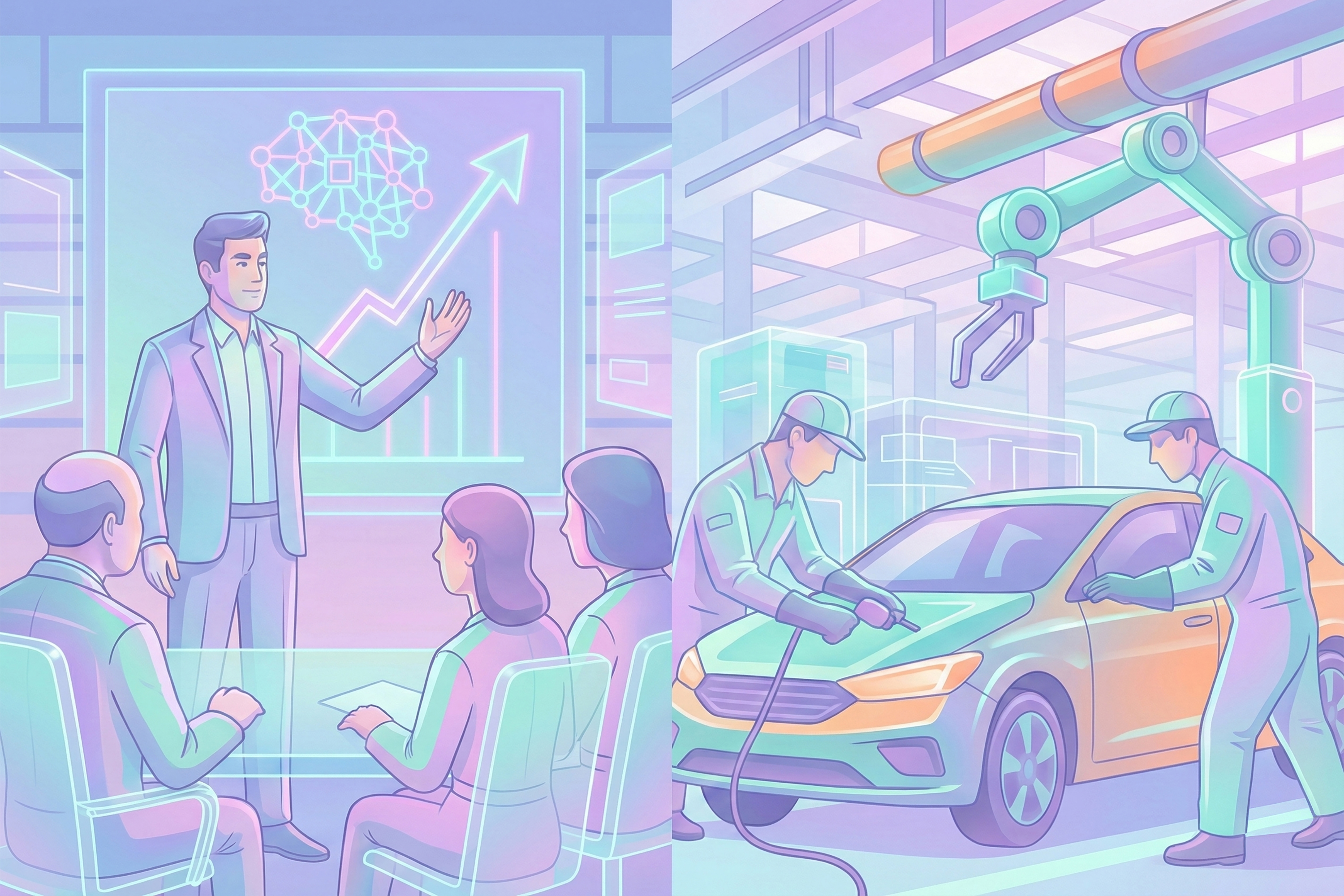
The social life of young people increasingly takes place in the virtual world. In the coming years, society will become more divided over highly immersive videogames that contain more and more social activities. Consequently, connecting the virtual and physical world through an augmented reality interface will gain momentum. This will create new types of social networks.
Our time is characterized by fundamentally different perspectives on the nature of the virtual world. This is a societal divide that could persist for decades. Interestingly, the very existence of this divide will open up opportunities for a new type of virtual world created by new types of interfaces. To assess this opportunity, we first have to understand this divide and why it will remain for the foreseeable future.
For many people, the virtual world is a “degenerated reality”. The idea of degenerated reality is that virtual worlds can never become as “real” as the physical world. This is partly based on the idea that our body remains in the physical world whenever we move around in a virtual world. From this perspective, videogames are mainly “escapist” phenomena that temporarily provide amusement. Spending too much time in these virtual worldscould therefore be dangerous and even ruin lives. Research that links anxiety, depression and loneliness to videogames reinforces this idea. Many consumers that simply see virtual worlds as games to be temporarily enjoyed fit this perspective, but it also includes conservative critics who believe that the increasing popularity of virtual worlds represents a huge threat. Indeed, the future backlash against social virtual worlds could be much more vigorous than the current backlash against social media.
On the other hand, the increasingly immersive nature of virtual worlds is also leading a rising number of people to see the virtual world as a “meaningful reality”. This is because virtual worlds increasingly resemble the physical world by offering more social activities (e.g. live entertainment, shopping, education) and morepossibilities for meaningful experiences (e.g. friendship, creativity). Therefore it is possible to live a meaningful life in the virtual world. It is also believed that the integration of human senses into the virtual world (e.g. heartrate sensors, eye tracking, haptic feedback) will turn the experience of virtual worlds into “authenticexperiences” that cannot be distinguished from physical experiences. For many consumers, virtual worlds are therefore meaningful supplements to physical reality (e.g. the virtual community stimulates physical contact), and others even believe that eventually there will no longer be a difference between the physical and the virtual world.
This societal divide could persist for a long time. Both perspectives will continue to think differently about the push for “immediacy” regardless of the advancement of technology. Take the scenario of fully immersive virtual worlds with haptic suits and virtual reality which is indistinguishable from physical reality. From the perspective of the virtual world as degenerated reality, the physical body is still being detached from physical reality, albeit through more sophisticated interfaces. We will also always be aware of living in two worlds (virtual and physical). But from the perspective of the virtual world as meaningful reality, such an immersive virtual can already provide profoundly meaningful experiences. Innovation simply has to make these worlds more authentic.
We are already seeing the emergence of an alternative idea of the virtual world as “harmonious reality”. Augmented reality promises to build a “mirrorworld” that connects the physical world to the virtual world, creating a harmonious reality that provides meaningful experiences in the physical world through a digital platform. From this perspective, the tension between degenerated and meaningful reality simply dissolves. People will be able to build social connections in the physical world through a digital platform. Pokémon Go was the first success in what is likely to become a much larger development. Its successor, Harry Potter: Wizards Unite, will be released later this year and indeed, the title of the game presents the fundamental social dimension of the platform. Although it remains to be seen what type of social frustration this platform will result in (e.g. accidents, the commodification of all urban space), it represents an enormous opportunity from a social perspective, as it will make irrelevant many of the current concerns over virtual worlds by creating new types of social networks.

